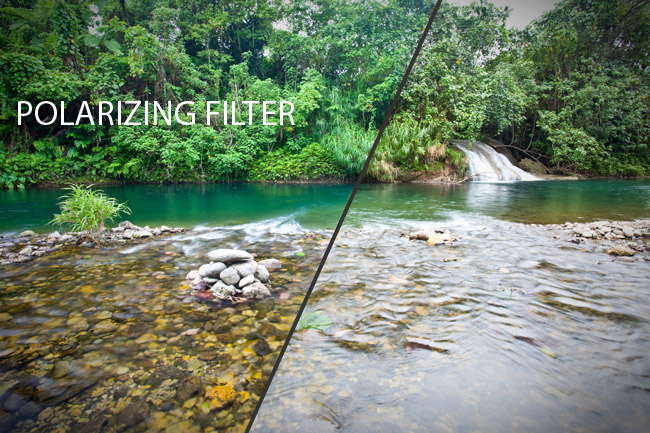Look around on websites, and in magazines and you will hear that polarising filters are one of the most essential accessories for any photographer. Most photographers can’t do without some form of polarising filter, and most photo-journals will recommend one. In display technology these filters are becoming essential in delivering a great experience too.
So what’s so great about polarising filters? We take a look at some of the benefits of polarising filters over the following paragraphs.
Like all electromagnetic radiation, light has a wave nature. The wavelength and frequency are two characteristics of light, but aside from these another characteristic of light waves is their plane of rotation, which is what polarisation really means. This describes how light is structured when it bounces off objects.
Normal light is made up of waves polarised at various angles, such as vertical, horizontal and anything else between the two. If light is passed through a linear polarising filter, every plane of light, bar one, is cut off. The resulting light will be devoid of interfering waves. The image obtained therefore, appears without haze and gives off the famous deep blue sky effect.
The main advantages of polarised light can therefore be listed as follows:
- Water and indeed any other surface that has a partially reflective surface often reflects a linearly polarised part of randomly polarised light a lot more strongly than the rest. Blocking this off with a polarising filter cuts out glare and makes it possible for one to see beneath the surface of the water. This is great for people taking pictures of photographic aquatic life.
- It removes haze and gives the sky deep blue colour that looks great in so many pictures.
- It creates an effect that makes it look as though the clouds are about to ‘pop out’.
- It cuts reflections from glass, metals and shiny surfaces, as can be seen on a sandy beach on a sunny day. This gives clearer, glare-free images.
- It cuts reflections from surfaces such as leaves, walls, etc. This makes the colours appear saturated and the shadows appear deeper and blacker.
- In bright sunlight, polarising filters can be used as neutral density filters.
Apart from the photography industry, polarising filters are useful in other industries. Some of them include the stress analysis industry, the medical industry, the electronics and electronic component industry, the scientific industry, the aerospace industry, and the defence industry. Virtually any industry that uses electronic displays will find polarising filters useful. This is because it reduces the glare of the electronic display while improving contrast.
There is a buzz [n the tech world around polarising filters. It is clear why the clamour is occurring, as the technology really can make our technology easier to use and more effective.

